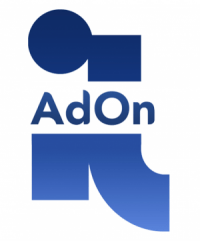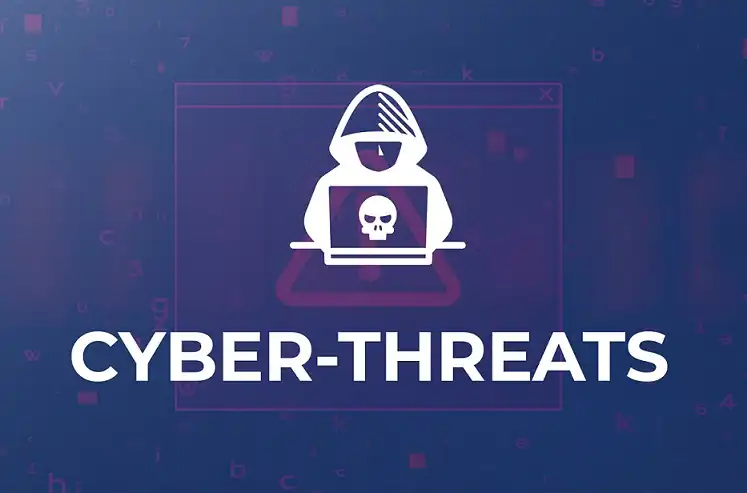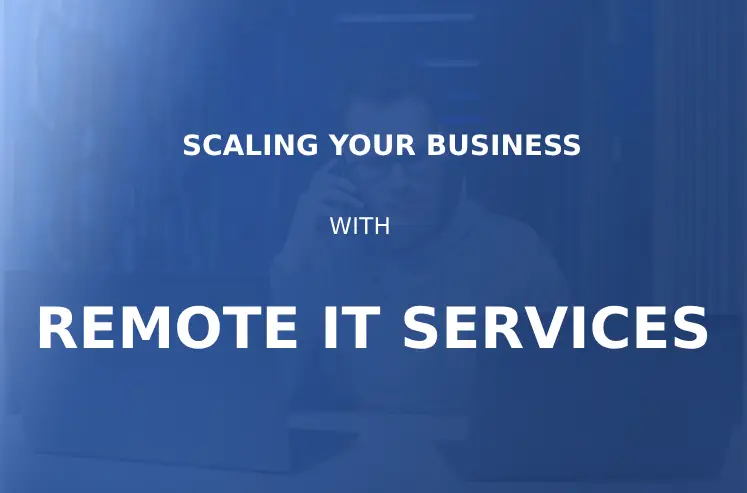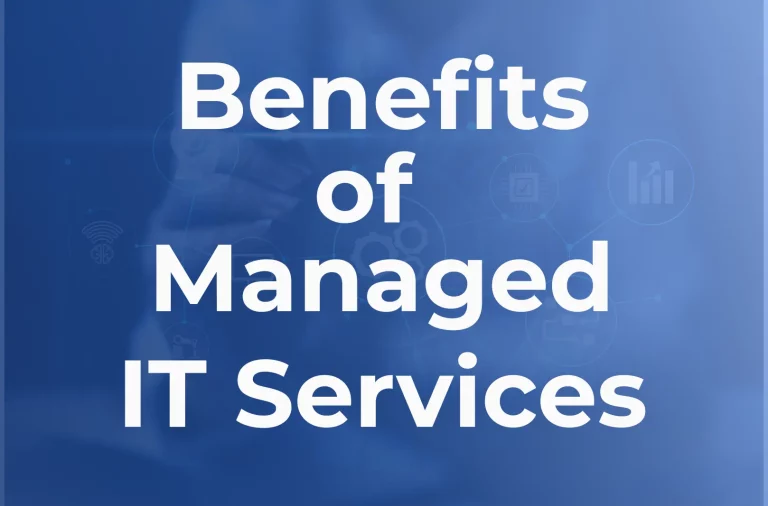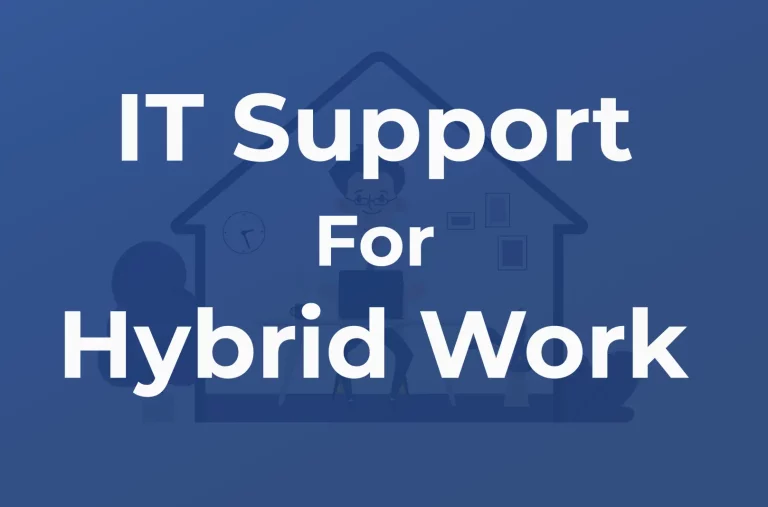Healthcare providers and patients benefit from technology for healthcare, from disease management to diagnostics. There is no area of healthcare where technology has not had an impact. Many of the inefficiencies and inaccuracies associated with paper-based records are reduced by electronic recordkeeping. Innovative diagnostic methods enable healthcare professionals to detect illnesses earlier than they otherwise would. Modern tools like artificial intelligence speed up the search for new drugs and help with image interpretation. Since technology permeates almost every element of healthcare, there is a greater need for innovation and management of all the various technologies that make up a provider’s tech stack.
Technology companies are grabbing the chance to innovate in healthcare by spending more than $20 billion annually on just research and development. Additionally, groups within the government and the private sector that understand the value of technology in healthcare are driving the adoption of new technologies. Despite staffing issues, providers who embrace digital transformation are growing their capacities, lowering costs, and improving patient outcomes.
Key benefits are gained across several healthcare sectors as providers continue to increase their usage of healthcare technologies. The top three advantages of technology in healthcare are discussed below, along with steps you can take to start bringing these advantages to your patients.
1. More rapid and precise access to patient records
Implementing electronic health records is one of the most common uses of technology in healthcare (EHR). EHRs promote automated workflows between people and technology, making patient health information accessible to doctors and patients.
Patients can access their EHR on the patient portal without having to call the doctor’s office to find out the results of their tests. Using the same current information, care teams can coordinate decision-making. Additionally, administrative staff spends less time phoning to share information and shuffle papers. The difficulty with EHRs is portability. A growing number of technology companies are beginning to acknowledge this issue and offer EHR connectors that make it simpler to embrace new technologies.
2. Better Access to Healthcare
One of the most significant obstacles to providing quality care is healthcare access. Patients frequently experience treatment delays because they cannot access the necessary care due to cost, location, and physical restrictions. Advantaged populations are particularly impacted, and clinicians can give them solutions that will enable them to benefit from healthcare technology.
For instance, telehealth has been shown to decrease the number of trips to the emergency room and lower expenditures for both patients and providers. Instead of making patients drive to an office, portable diagnostic equipment, such as handheld fundus cameras, allow doctors to treat patients in their local areas.
3. Improved Diagnosis
Technology has made diagnoses more accurate, quicker, and more accessible. To solve one of the significant problems in healthcare—chronic illness—diagnostic technology is crucial. Although conditions like diabetes and heart disease are common in the United States, technology can help lessen their severity.
For instance, diabetic retinopathy, the most common preventable cause of adult blindness in the United States, can be 90% avoided with the correct diagnosis and treatment. Through teleretinal imaging, retinal images can be taken and sent to board-certified eye care professionals for remote examination. Teleretinal imaging boosts compliance with diabetic retinal exams and raises the possibility of early detection due to its simplicity and convenience. Here is further information on diabetic teleretinal screening.

How to Assist Patients with Diabetes to Benefit from Technology for Healthcare
One of the most prevalent chronic diseases in the U.S. is diabetes, and many of its worst consequences can be avoided. Innovative technology is available to all types of providers, improving decision-making, expanding access to care, and reducing the risk of serious illness among diabetic patients. General practitioners can deliver diabetes teleretinal screening checks to at-risk patients thanks to teleretinal imaging solutions like IRIS. Fundus photography is combined with interpretation and a report from a qualified professional at the IRIS Reader Center in teleretinal imaging.
Concerning Fundus Cameras
A significant technological element of a teleretinal solution is a fundus camera, which takes an image of the patient’s retina and analyzes it to detect potential eye diseases. The patient needs to stare into the camera’s lens; the camera handles the rest. Since many fundus cameras are simple to use, general healthcare professionals can quickly include them in their services. To best suit their working environment, capabilities, and patient demographic, providers can select from a wide range of cameras.
The following are some essential features to look for in a fundus camera:
- Handheld versus tabletop. A handheld camera is more portable and smaller than a tabletop camera used on a medical equipment table. The most excellent cameras for simplicity of use are tabletop models, but handheld models can be used in various situations.
- Pupil size requirement. The pupil of an adult can be as small as 2mm in size. A broader spectrum of persons can be photographed with cameras with a smaller minimum pupil size.
- Imaging modalities that are mydriatic and non-mydriatic. Mydriatic imaging is best used in ophthalmology settings and necessitates dilating the pupils. Non-mydriatic imaging is simpler to utilize and doesn’t involve dilating the patient.
- The fundus camera is essential to teleretinal imaging, but there are other equipments used. The fundus camera’s photos are transferred to a cloud-based grading platform using IRIS. IRIS’ image enhancement software guarantees that reviewers view the best-possible images. The photos are remotely reviewed by a network of certified eye care professionals, and the results are immediately posted to the patient’s EHR via EHR connectors.
Unlock the Health Benefits of Technology
One of the most effective ways for providers to employ technology to enhance patient outcomes is by providing sight-saving care. IRIS offers assistance at every procedure stage, from selecting the best camera to teaching employees how to operate the equipment to complete integration with your current EHR. We’ll assist you in effectively leveraging the technology, whether your goal is to expand your in-office capabilities or use mobile clinics to reach additional patients.
